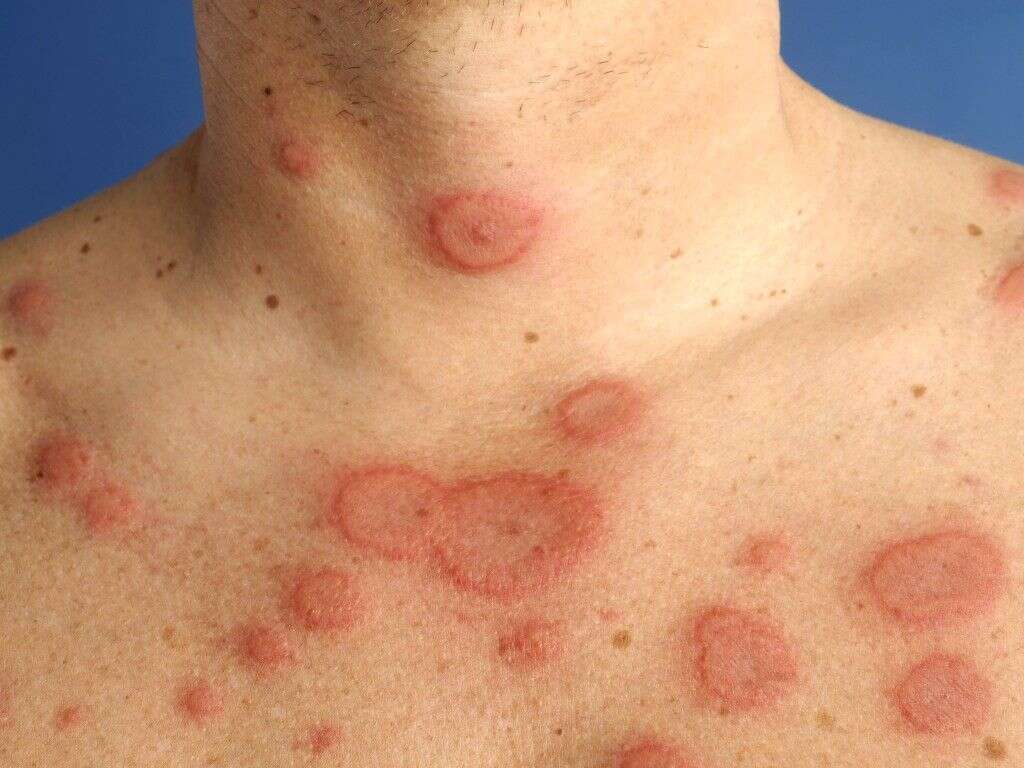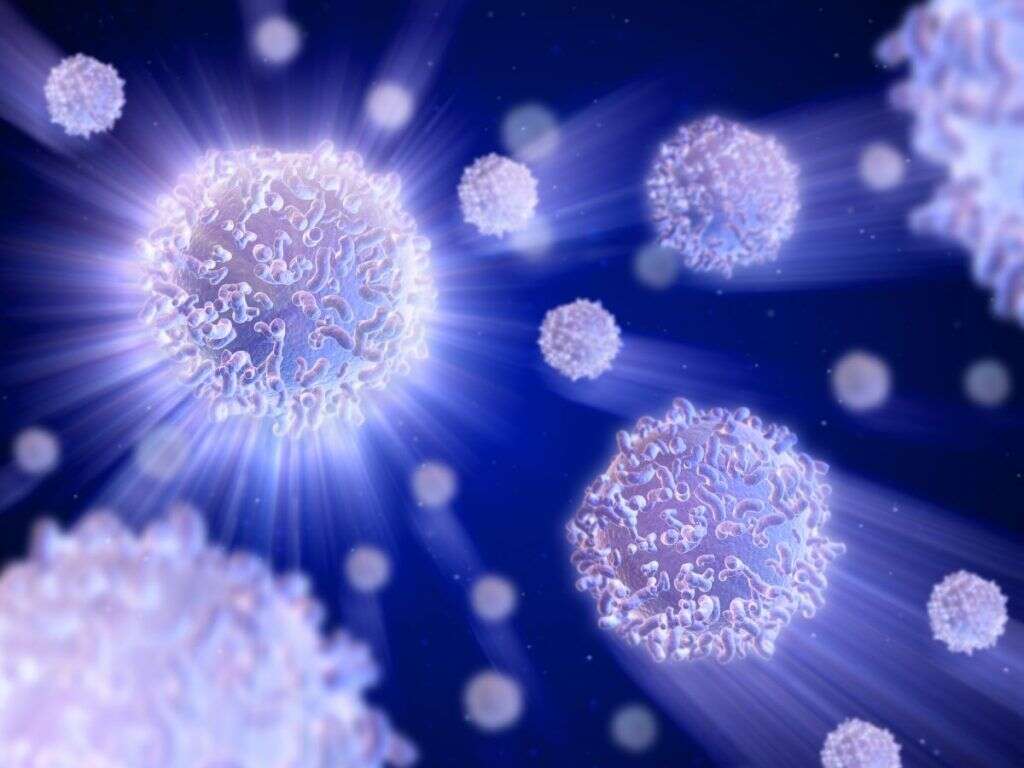What Is Erythema Nodosum?
Though the words “erythema nodosum” may bring to mind wand-waving and spells shouted to enemy wizards (a la Harry Potter), the medical condition in which parts of your body develop painful red bumps is anything but a magical experience. Erythema nodosum is an inflammatory condition that involves swelling in the fat layer underneath the skin.
Though EN often mimics the symptoms of rheumatoid arthritis, lupus, and other autoimmune conditions, it is not considered an autoimmune disease by itself. Read on to learn more about the causes, symptoms, and treatment process as well as what to expect after a diagnosis of erythema nodosum.
1. What Are the Symptoms of Erythema Nodosum?
The first symptoms you notice may be a pain in your shins or feet, red bumps that feel tender and hot, and a feverish feeling. It could be that you are already sick; certain bacterial and viral infections can trigger a case of EN. In other cases, the feverish feeling comes from the EN itself.
You may have swollen spots on your shins and feet that make it difficult for you to walk around. These inflamed bumps can appear on the upper part of your body as well, possibly on your arms or face, but it’s more common for the condition to be confined to your lower half.
2. What Causes Erythema Nodosum
If your doctor tells you that he or she doesn’t know what caused your EN, there’s probably truth to that statement. This isn’t to say that it has no cause; it simply means that most causes of EN — up to 55% — cannot be determined.
EN can be triggered by many diseases that provoke your immune system, such as strep infections, tuberculosis, and autoimmune conditions. In rare cases, EN can be triggered by a medication like an antibiotic or a new birth control pill.
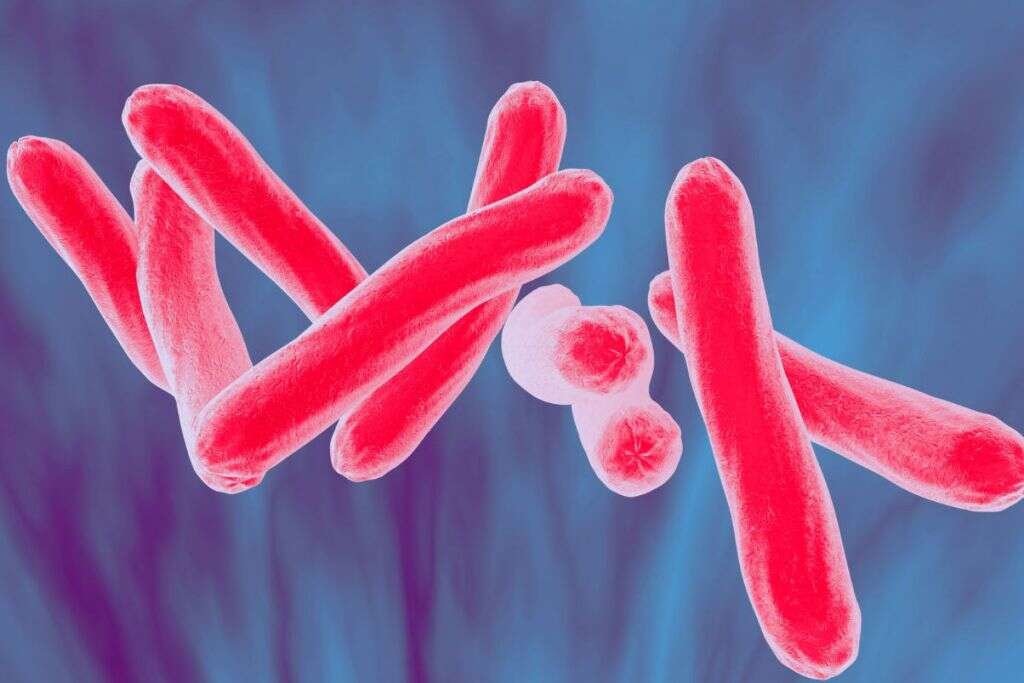
3. Who Gets Erythema Nodosum?
EN is more common in patients with underlying autoimmune conditions like Crohn’s or ulcerative colitis, but it can also appear at random in otherwise healthy people. Some EN patients have reported a flare-up of the condition after using a new antibiotic like penicillin or after successfully fighting off tuberculosis.
It’s unclear as to whether COVID-19 can trigger EN, but there have been unofficial reports of post-COVID patients who have developed EN-like symptoms. The bottom line is that almost anyone can be affected by this irritating and painful condition.
4. Can I Just Take Tylenol or Advil for My Erythema Nodosum Pain?
If you are tempted to shrug off your diagnoses of EN and simply take over-the-counter ibuprofen until the tenderness subsides, you should think again. It’s best to meet with a doctor to determine your treatment and discuss whether you need additional testing.
Likewise, if you know that your EN was triggered by a medication or recent infection, it’s best to confer with a doctor to determine your course of treatment. Work closely with your healthcare provider to choose the best medication.
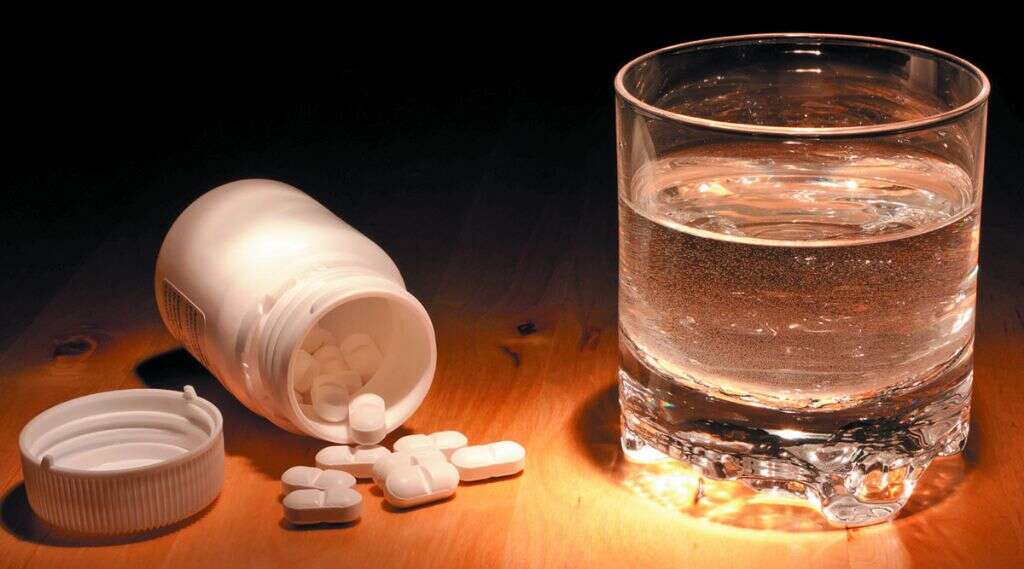
5. How Is Erythema Nodosum Diagnosed?
Veteran doctors who are familiar with the condition may be able to diagnose it on sight. Others, especially doctors who have never seen EN in person, may suggest a biopsy and bloodwork to confirm the diagnosis, or they might refer you to a rheumatologist for an expert second opinion.
Your doctor may also go through your medical history with you. He or she will want to know if you have been ill recently or taken any new medications. If you suspect that your EN was triggered by a new medication, be sure to bring it or its bottle with you.
6. What Is The Treatment for Erythema Nodosum?
The treatment depends on the cause of your EN. If an infection triggered the condition, you may receive antibiotics from your doctor. Conversely, if new antibiotics triggered the condition, your doctor may offer an alternative treatment. You are likely to either be given a replacement medication or asked to discontinue the first one entirely.
Your doctor may treat your symptoms like pain and swelling with other medications. Oral corticosteroids like prednisone or methylprednisolone are commonly used, and your doctor may recommend a prescription dose of an NSAID like ibuprofen as well.
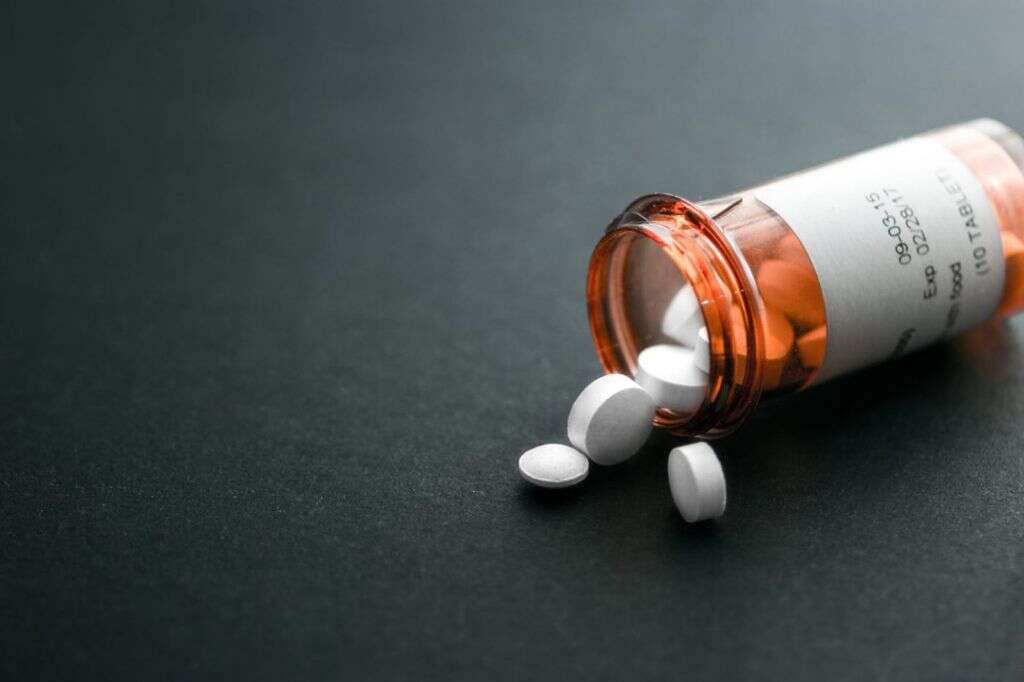
7. Will My New Medication Have Side Effects?
If you are taking steroids, your doctor has likely advised you to take the medication once or twice a day for a short period of time. Be sure to follow whatever directions you have received, as steroids can cause weight gain, insomnia, high blood sugar, and high blood pressure if they are overused or used improperly.
If you are taking antibiotics, you may experience stomach upset during the course of pills, but any side effects from these will be temporary. Remember that your condition will not last forever, and you need the medication to feel better as quickly as possible.
8. Will There Be Future Complications of Erythema Nodosum?
EN is usually not a serious condition, and it usually fades away after about six weeks. Regardless of when you start feeling better, it is important to complete treatment as your doctor has ordered.
If your symptoms come back, they will probably feel similar to what you experienced the first time around. EN is not progressive: It does not damage your joints or internal organs, but it can be quite uncomfortable.

9. What Can I Do at Home To Help Myself Recover From Erythema Nodosum?
If you noticed EN symptoms after suffering an infectious illness like strep or if your first swollen spots appeared during a flare-up of your inflammatory bowel disease, focus on treating the underlying condition. Get bed rest if you need it, and do your best to explain to your partner and children that you will not get better if you are not able to rest.
If you have to go to work during a bout with EN, make use of accommodations that are available to you. The better you take care of yourself, the faster you should recover.
10. Will My Erythema Nodosum Return?
Depending on the cause of your EN, there’s a good chance that you can eradicate it for good by following your doctor’s treatment orders. The good news is that EN in general is not a serious condition, it does not cause internal organ damage, and it usually runs a short if painful course, about six weeks.
Symptoms may return in the future if you take the offending medication that triggered your EN, contract a disease like tuberculosis, or suffer cancer or a streptococcal infection. If you get EN during pregnancy, you may develop symptoms during your next pregnancy as well.









